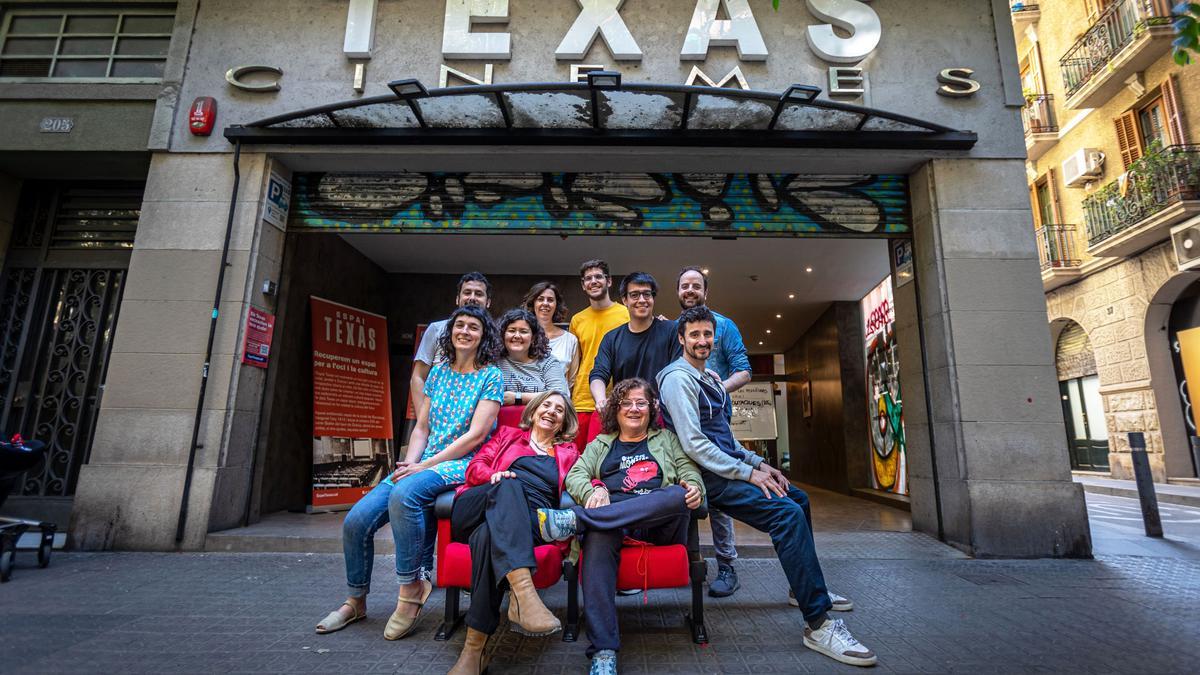Ten plants supply the Parisian urban cooling network, the largest network in Europe, which presents itself as a cleaner alternative to individual air conditioning.
Place du Canada, in the 8th arrondissement of Paris, we do not notice the circle drawn in the concrete of the sidewalk. A circle which nevertheless rises and reveals the access staircase to a cold production plant, an entrance worthy of a science fiction film.
The plant, located under the feet of many passers-by, forms a cylinder 30 meters in diameter and 30 meters deep, divided into four floors. Property of the City of Paris, it is one of the ten plants operated by Fraîcheur de Paris to supply the Parisian urban cooling network. Ninety-two kilometers of pipes which constitute an alternative to autonomous air conditioning and make it possible to cool buildings by circulating cold water in a closed circuit.
>> Extreme heat: five tips for cooling your home without installing air conditioning
On the two deepest floors of the plant, the machines cool the water using a refrigerant gas. Machines that produce a deafening noise, without ever being heard from the outside. The proof is that one of the power stations, located near the Philarmonie de Paris, has never disturbed anyone. This water, at less than 10°C, is then sent to the connected buildings, where an initial heat exchange between the temperature of the ambient air and the chilled water will make it possible to cool the rooms. The water, then around 15°C, returns to the plant to be cooled again, and so on.
“Today the temperatures are risingrecalls Raphaëlle Nayral, Secretary General of Fraîcheur de Paris. We are talking about a Sevillian climate by 2050 in Paris”. Faced with this observation, Parisians have the choice between two modes of air conditioning, according to Raphaëlle Nayral: “Either you choose autonomous air conditioning, individual systems, which for the most part will heat the air, rejecting the heat of the buildings into the outside air. This creates what are called urban heat islands”. The other solution is his own: the district cooling network, which does not accentuate the temperature difference between the inside and the outside of a building.
The Seine, a tool for saving electricity
If the plant rejects nothing, of course it consumes electricity to operate. Since 2022, fields of dedicated solar panels, located in France, have supplied power plants with more than 50% of their electricity needs. And the city of Paris has another tool that will save energy here: the Seine, which is useful all year round. “In summer, it is used to dissipate the heat produced by the centralexplains Raphaëlle Nayral.
“And during the winter, if I caricature a little, the plant is almost silent. We will cool the water directly by heat exchange with the Seine”.
Raphaëlle Nayral, General Secretary of Fraîcheur de Paris
at franceinfo
The general secretary reminds all the same that the water of the power plant and that of the Seine never mix.
The Parisian river is not immune to global warming: the temperature of the water is rising. To avoid having any impact on the Seine, Fraîcheur de Paris undertakes to respect a maximum difference of 5°C between the moment when the water from the Seine enters the plant and the moment it leaves it.
Objective: to equip individuals
Fraicheur de Paris has 765 customers. Among them, the Louvre Museum, the Beaugrenelle shopping center, the Meurice hotel or the Palais-Bourbon, seat of the National Assembly, as well as many office buildings. However, this list does not include the residential stock, because the connection of private housing is more complicated. “We have almost no residential category buildings among our customersadmits Raphaëlle Nayral. We are often called upon, but the difficulty is the timeshare and the fact that the connection requires a major renovation of the building. But, technically, we would be able to supply cold to apartment buildings”.
The Fraîcheur de Paris concession runs until 2042, with the ambition of tripling the network and democratizing the service, particularly with hospitals, nurseries, nursing homes, but also shops at the foot of buildings. If the environmental virtue of this solution seems acquired, there remains the problem of the price, since the connection represents a substantial investment, profitable in “ten years” approximately. This system has already proven itself: the Parisian urban cooling network is the first on the continent, neck and neck with those of Nordic countries, such as Sweden and Finland.
2023-08-20 10:45:05
#VIDEO #sidewalks #Paris #urban #cooling #network #replace #air #conditioners


